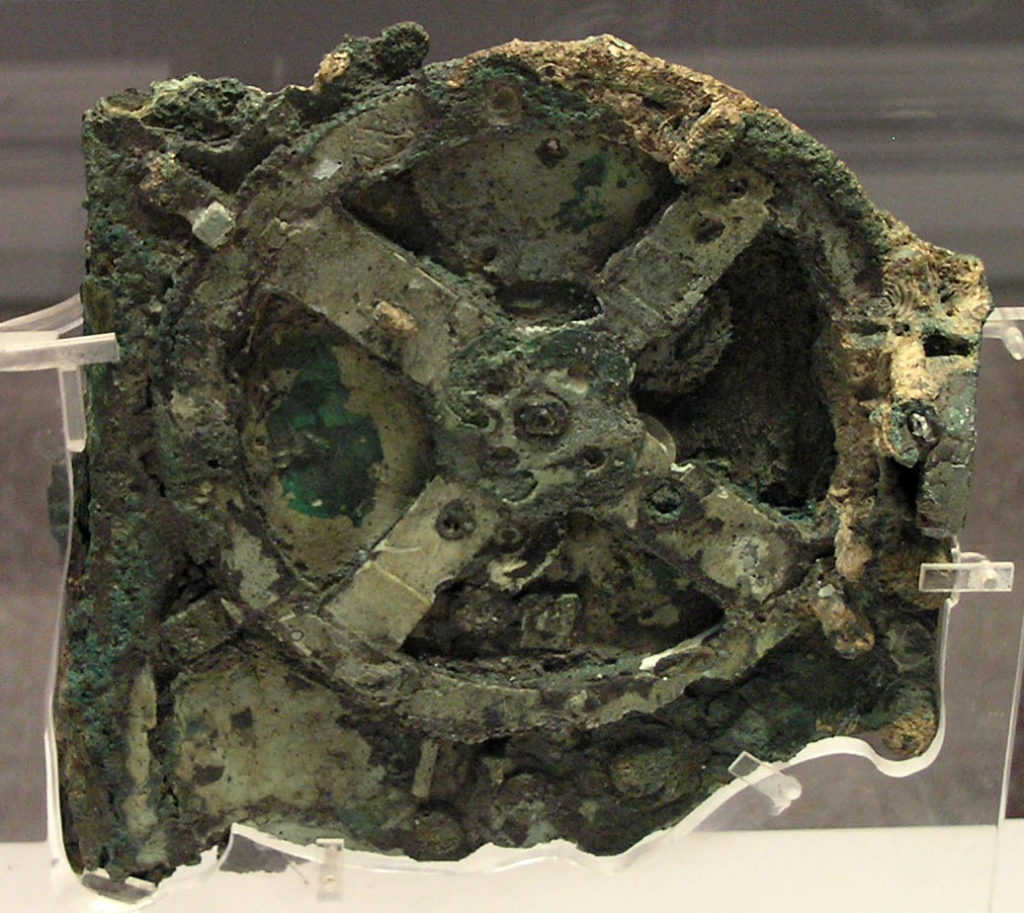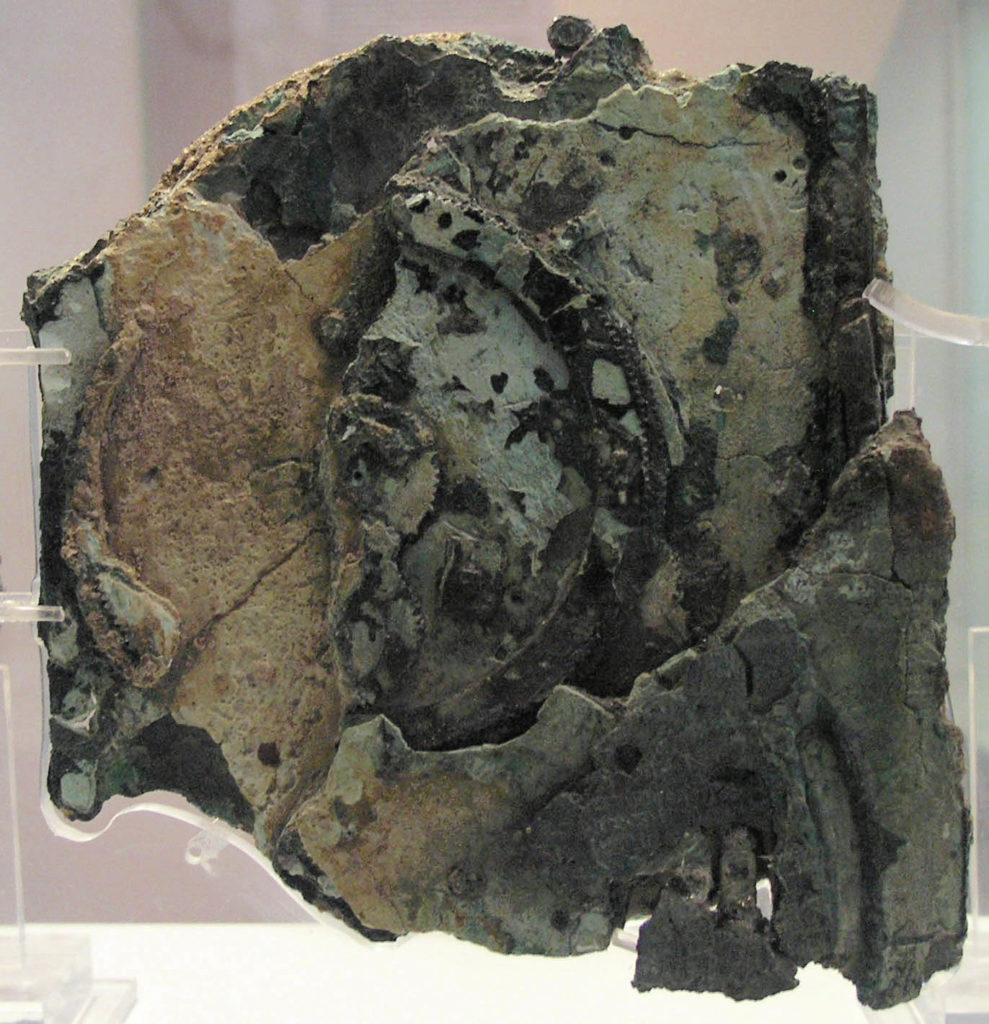Scientists Finally Discovered the Truth About Antikythera Mechanism
What is Antikythera Mechanism ?
The Antikythera mechanism is an ancient Greek hand-powered orrery, described as the oldest example of an analogue computer used to predict astronomical positions and eclipses decades in advance. It could also be used to track the four-year cycle of athletic games which was similar to an Olympiad, the cycle of the ancient Olympic Games. This artefact was among wreckage retrieved from a shipwreck off the coast of the Greek island Antikythera in 1901.

On 17 May 1902 it was identified as containing a gear by archaeologist Valerios Stais. The device, housed in the remains of a 34 cm × 18 cm × 9 cm (13.4 in × 7.1 in × 3.5 in) wooden box, was found as one lump, later separated into three main fragments which are now divided into 82 separate fragments after conservation efforts. Four of these fragments contain gears, while inscriptions are found on many others. The largest gear is approximately 13 centimetres (5.1 in) in diameter and originally had 223 teeth. In 2008, a team led by Mike Edmunds and Tony Freeth at Cardiff University used modern computer x-ray tomography and high resolution surface scanning to image inside fragments of the crust-encased mechanism and read the faintest inscriptions that once covered the outer casing of the machine. This suggests it had 37 meshing bronze gears enabling it to follow the movements of the Moon and the Sun through the zodiac, to predict eclipses and to model the irregular orbit of the Moon, where the Moon’s velocity is higher in its perigee than in its apogee. This motion was studied in the 2nd century BC by astronomer Hipparchus of Rhodes, and it is speculated that he may have been consulted in the machine’s construction. There is speculation that a portion of the mechanism is missing and it also calculated the positions of the five classical planets.
The instrument is believed to have been designed and constructed by Greek scientists and has been variously dated to about 87 BC, or between 150 and 100 BC, or to 205 BC, or to within a generation before the shipwreck, which has been dated to approximately 70–60 BC. Later clockwork is known from the medieval Byzantine and Muslim worlds, but works with similar complexity did not appear again until the development of mechanical astronomical clocks in Europe in the fourteenth century.

All known fragments of the Antikythera mechanism are now kept at the National Archaeological Museum, Athens, along with a number of artistic reconstructions and replicas to demonstrate how it may have looked and worked.
How did the ancient Greeks predict the month, day, and hour of an eclipse, even accounting for leap years? Could a device have told them the 462-year cycle of Venus and 442-year cycle of Saturn? And if so, who made it?
We examine a shipwrecked ancient artifact that was virtually ignored for half a century before being revealed by modern technology to be an ancient wonder of humanity that’s rewriting what our ancestors knew of astronomy.
Do not forget to share your opinion with us to provide you with the best posts !




0 Comments